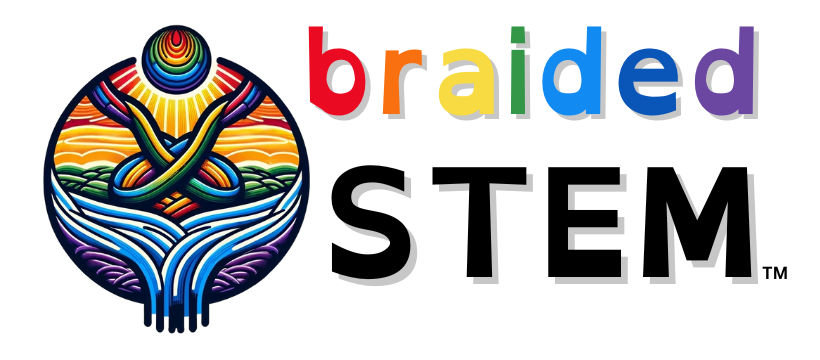6-8
Youth Climate Action Toolkit
This Is Planet Ed partnered with The Nature Conservancy to design this toolkit with young leaders from across the country to share climate solutions that students can advocate for in schools. The Youth Climate Action Toolkit provides talking points, highlights advocacy strategies, and includes bright spots of students taking action around the country.
Read MorePhotosynthetic Floatation – Science Snack from the Exploratorium
Photosynthetic organisms capture energy from the sun and matter from the air to make the food we eat, while also producing the oxygen we breathe. In this Snack, oxygen produced during photosynthesis makes leaf bits float like bubbles in water. Learn more about this Science Snack from the Exploratorium including Video Demonstration of what to…
Read MoreDisruptions in Ecosystems from American Museum of Natural History
This middle school unit was designed to support the middle school NGSS related to Ecosystems: Interactions, Energy, and Dynamics integrated with elements of related Earth science NGSS (Human Impact). The unit includes five chapters, each focused on a specific phenomenon related to ecosystem disruption, including questions around the reintroduction of wolves into Yellowstone and the…
Read MoreAdapt or Die? – Stanford SCALE Curriculum
How do species change over time and should we intervene? This integrated science unit is part of the Stanford NGSS Integrated Science Curriculum. For Arizona teachers, this unit best aligns with some of our 6th grade standards though it is part of the 8th grade curriculum from Stanford. You can explore the Unit 3 –…
Read MoreSave the Andes! – Stanford SCALE Curriculum
How can we sustain biodiversity in a modern, changing world? This integrated science unit is part of the Stanford NGSS Integrated Science Curriculum. For Arizona teachers, this unit best aligns with some of our 6th grade standards though it is part of the 7th grade curriculum from Stanford. You can explore the Unit 4 –…
Read MoreMatter Matters – Stanford SCALE Curriculum
How can models of matter help us understand the resources we use? This integrated science unit is part of the Stanford NGSS Integrated Science Curriculum. For Arizona teachers, this unit best aligns with some of our 6th grade standards though it is part of the 7th grade curriculum from Stanford. You can explore the Unit…
Read MoreA Balanced Biosphere – Stanford SCALE Curriculum
How have natural processes and human activities created the ecosystem we see today? This integrated science unit is part of the Stanford NGSS Integrated Science Curriculum. For Arizona teachers, this unit best aligns with some of our 6th grade standards though it is part of the 7th grade curriculum from Stanford. You can explore the…
Read MoreSlow Reveal Graph: How do the phases of the moon impact tides?
This slow reveal graph has been designed specifically to start to address the 6th grade 6.E2U1.9 Arizona Science Standard. Google Slide Deck for Teachers (without question prompts on slides, includes teacher notes) Google Slide Deck for Teachers (with question prompts on slides, includes teacher notes)
Read MoreCarl and the Meaning of Life by Deborah Freedman (author and illustrator)
A story about finding your place in the world. Carl is an earthworm. He spends his days happily tunneling in the soil until a field mouse asks him a simple question that stops him short: “Why?” Carl’s quest takes him on an adventure to meet all the animals of the forest, each of whom seems…
Read MoreData Square – Nature of Science Activity
Print the templates below on card stock. There are two templates of the puzzle on each page. Cut out one of the large squares and then cut out the pieces as shown above. At first, just give students the four pieces on the left without the small square. Challenge them to form a square with…
Read More